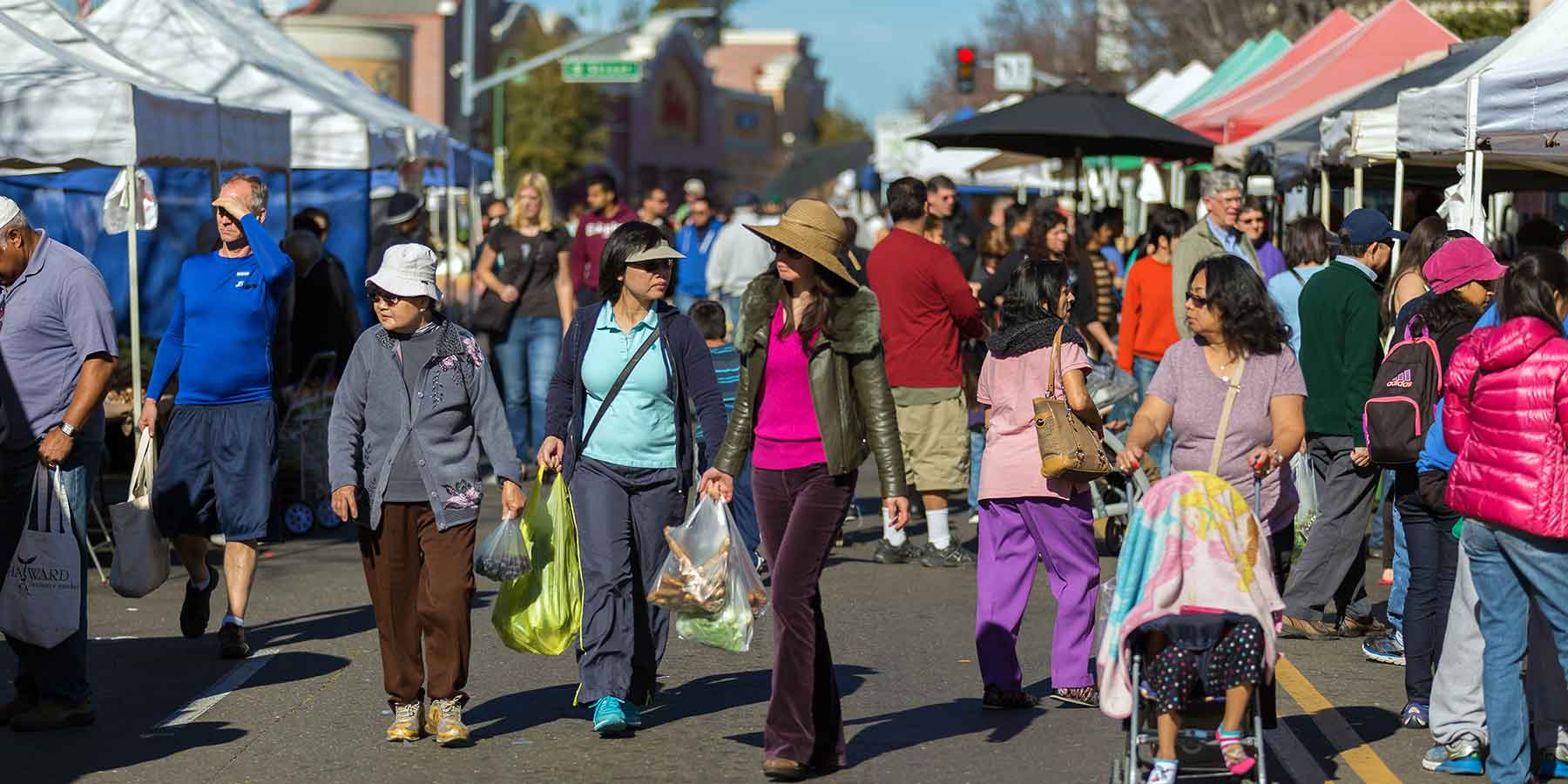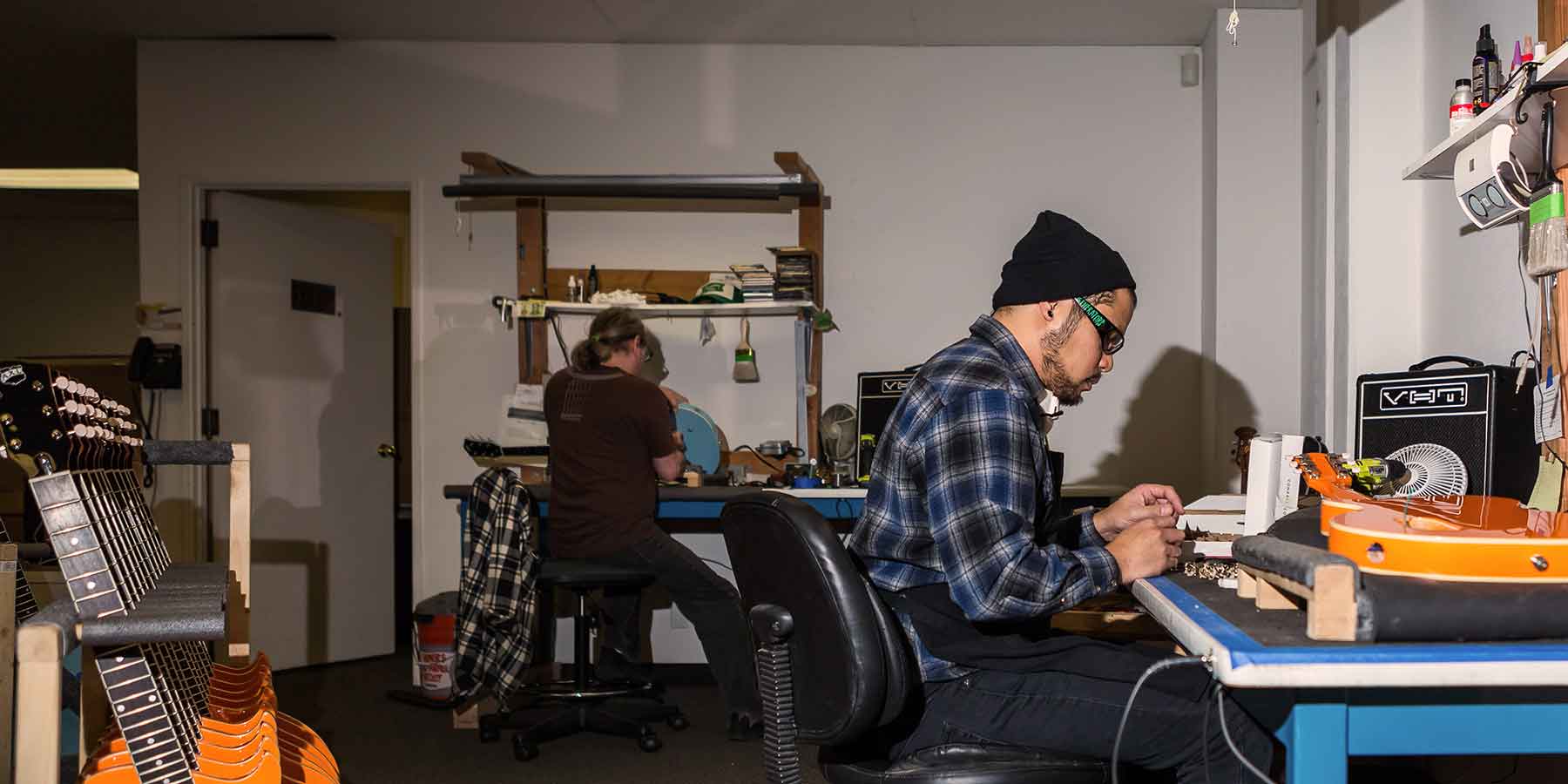Tips for a green Halloween

Being green on Halloween doesn’t have to be a pain in the neck. Here are some tricks and treats that will help you reduce waste, lower emissions, and make your Halloween more sustainable:
Make your own decorations. According to the National Retail Federation, 50 percent of Halloween celebrants plan to decorate their home or yard this year, with 74 percent of Halloween shoppers planning to purchase decorations. Because these decorations represent emissions and ultimately end up as waste, the goal is to reduce the amount of decorations that are newly bought. So, this Halloween, try making your own decorations with reused household materials. For example, you can stuff clothes with newspaper to make a scarecrow, use stockings with runs to make spider webs, or cut cardboard boxes into tombstones. The key is to reuse materials you already have on hand, rather than buying more. If you do plan to buy decorations, choose items that can be reused year after year. When Halloween is over, save your decorations for next year. If you need to get rid of your decorations, recycle or compost whatever you can.
Make your own costumes. Instead of buying new costumes, consider making your own. Old clothing can be used as good pieces or parts of costumes. Reused household materials can be used to accessorize. And natural, household products can be used to create face paints, wounds, and warts. If you have old costumes, try reusing parts of them or trading them for a different costume. Another alternative to buying a completely new costume is renting one. If you do need to buy a new piece of clothing, try shopping at thrift stores or yard sales. And remember, when Halloween is over, save that costume to reuse, trade, or salvage next year.
Buy treats with less packaging. To reduce waste, buy your candy in bulk and choose treats that use the least amount of packaging or that use recycled packaging. Candy that comes in cardboard boxes is a better choice than candy wrapped in plastic, as the cardboard has a chance of being recycled after consumption. You can also try handing out small favors that are not individually wrapped, like pencils, coins, or stickers.
Use reusable trick-or-treat bags. Thirty percent of Halloween celebrants plan to trick-or-treat with their children this year, according to the National Retail Federation. When trick-or-treating, reduce waste by using a pillowcase or reusable bag instead of buying a new plastic bag or bucket. An old, reused bag or bucket can even be decorated at home and kept for the next year. A funky thrift store handbag can be both part of your costume and a tote for treats.
Buy locally-grown, organic pumpkins. What’s Halloween without pumpkins and jack-o-lanterns? You can lower your emissions and be more sustainable by purchasing locally-grown, organic pumpkins from the farmer’s market. When carving, reduce waste by saving your seeds for roasting with a little oil and salt. You can also use the insides for bread, muffins, pie, or soup. And when Halloween is over, make sure you compost your jack-o-lantern instead of throwing it away.
Throw a green Halloween party. Thirty-two percent of Halloween celebrants plan to throw or attend a Halloween party, says the National Retail Federation. To make it a green event, try to reduce and reuse as much as possible. Start by sending out electronic invites instead of paper. Avoid using disposable plates, cups, and silverware. Instead, use regular dishes and silverware that can be washed. Buy food that is locally-grown and make your own treats to serve. And be sure to put out recycling and compost bins with helpful signs, in addition to trash cans.








